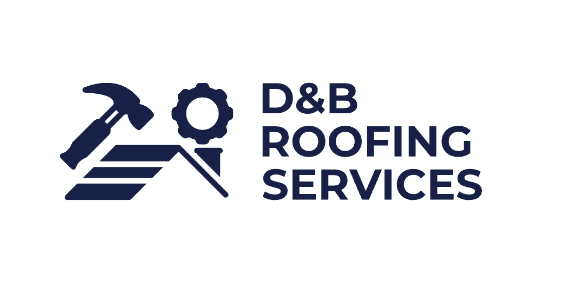How to Tell If Your Roof Needs Replacing
While the signs mentioned above can help you determine whether your roof needs replacing, there are other factors to consider when making this decision. Sometimes, a roof can appear to be in good condition, but it may still need replacing due to underlying issues.
1. Professional Roof Inspection
The best way to know for sure whether your roof needs replacing is to have it professionally inspected. A roofing expert can assess the condition of your roof, identify potential issues, and give you an honest recommendation. I always tell my clients that it’s better to be proactive about roof replacements than wait for a small issue to turn into a major problem.
2. Repair Costs vs. Replacement Costs
Another factor to consider is the cost of repairs versus the cost of replacement. If your roof is older and has numerous issues, frequent repairs can add up quickly. In some cases, it may be more cost-effective to replace the roof entirely rather than continuing to repair it.
3. Curb Appeal
Lastly, don’t overlook the aesthetic impact of your roof. An old or damaged roof can reduce your home’s curb appeal and decrease its resale value. If you're planning to sell your home soon, a roof replacement might be a worthwhile investment that will make your property more attractive to potential buyers.
Roof Replacement Cost
When it comes to replacing your roof, cost is always a concern. The price of a roof replacement can vary greatly depending on factors like the size of your roof, the materials used, and the complexity of the installation. The average cost of replacing an asphalt shingle roof in the U.S. is between $5,000 and $10,000, but this can go higher if you have a larger or more complex roof.
It’s important to get multiple estimates from reputable roofing contractors to ensure you're getting a fair price. Keep in mind that while the upfront cost of replacing your roof may seem steep, it can save you money in the long run by preventing further damage to your home and improving your home’s energy efficiency.
When to Replace Roof Shingles
If you’ve noticed that only a few shingles are damaged or missing, you might think that replacing just those shingles will solve the problem. However, if your roof is old or shows other signs of wear, it may be better to replace the entire roof rather than repairing individual shingles.
In my experience, when you replace a few shingles, it often leads to patchwork that doesn't match the rest of the roof. Plus, a partial repair doesn’t address the potential underlying issues that may affect the entire roof. Replacing the whole roof ensures that you’re getting a cohesive and long-lasting solution.
Roof Lifespan and Replacement Timeline
As mentioned earlier, the average lifespan of an asphalt roof is about 20-25 years. However, this can vary depending on the quality of materials and the climate. If you live in an area with extreme weather conditions, your roof may age more quickly.
Be proactive and start considering a roof replacement around the 20-year mark, even if you don’t see significant damage. This will give you plenty of time to budget and plan for the replacement without rushing into it when the roof starts showing serious signs of failure.
Conclusion
Knowing when it’s time to replace your roof is essential for protecting your home and avoiding costly repairs down the road. Whether it’s missing shingles, water stains, or an aging roof, early detection can help you make informed decisions. Remember, a roof replacement is a significant investment, but it’s one that will pay off in the long run by preventing damage to your home and improving its overall value and efficiency.
If you’re unsure about the condition of your roof, don’t hesitate to contact a roofing professional for a thorough inspection. Taking action sooner rather than later can save you time, money, and stress in the future.
